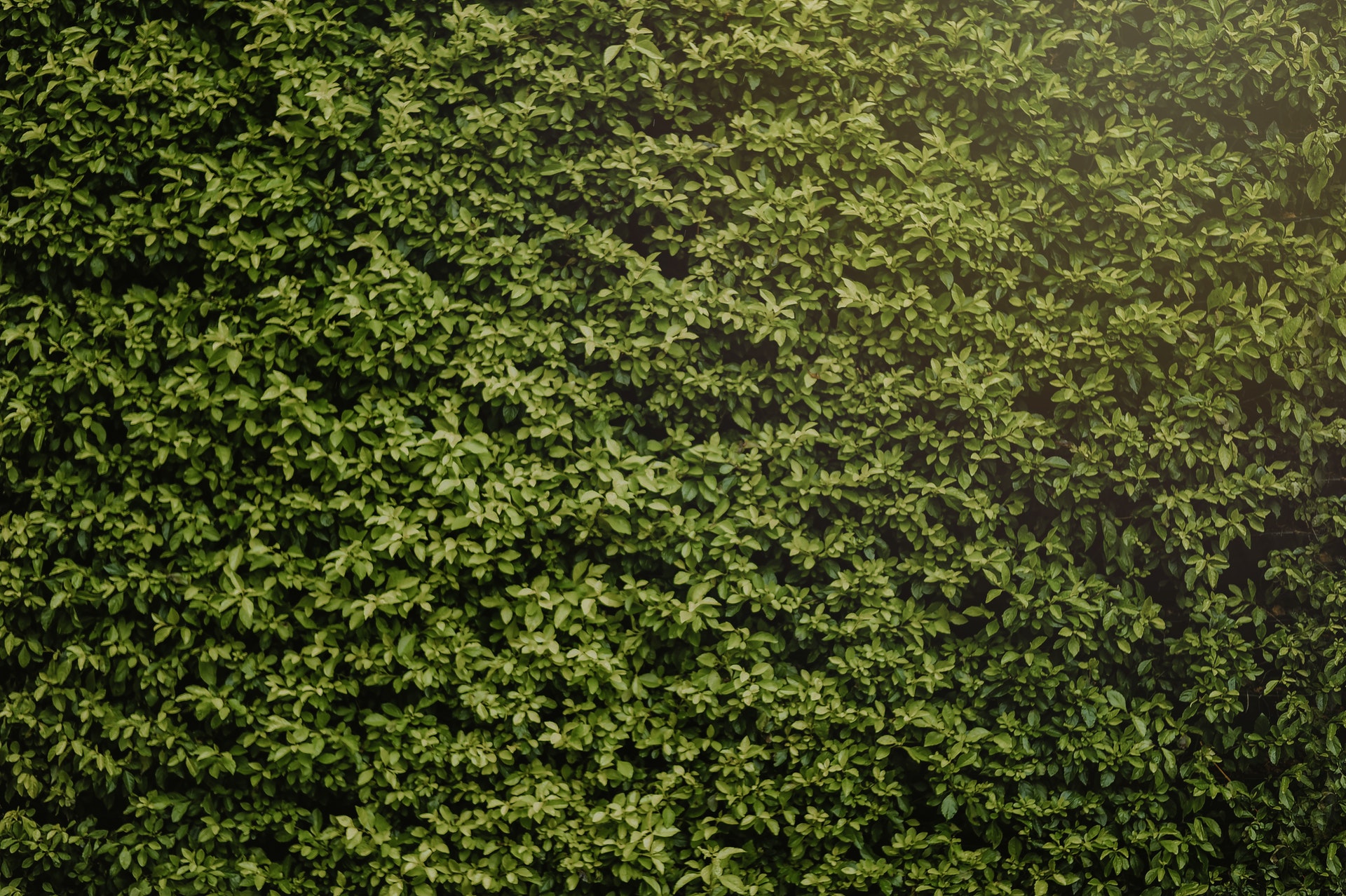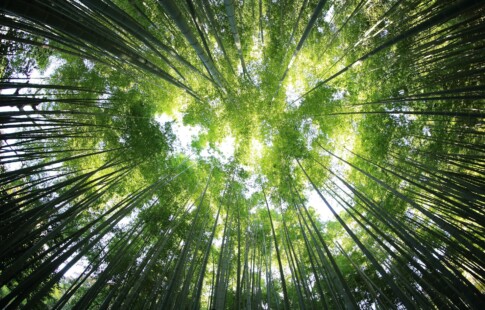
11 Best Plants for a Living Fence Hedge
We are reader-supported. When you buy through links on our site, we may earn affiliate commission.
If you want privacy, you could build a fence. However, why chop down trees to hide your home from prying eyes when you can let living plants do the job? Either way, you’ll have maintenance and upkeep. However, planting trees and shrubs for security adds more life-giving oxygen to the air, making it a greener choice. Here are 11 of the best plants for a living fence hedge.
1. Boxwood
Boxwood is a classic choice for a hedge. It grows to the ideal height — 10 to 15 feet — although you can keep it trimmed shorter.
What makes this bushy shrub ideal is its versatility. It thrives in the ground or even containers, making it possible for you to create a privacy screen for your balcony if you live in a condo or apartment. You can sculpt them into square or round shapes, depending on the look you want.
2. Cypress
Cypress trees can make a striking statement. These trees grow anywhere from 50 to 80 feet tall, giving you the ultimate privacy.
Some species also cut a tall, thin silhouette, making them look stately lining a driveway or the side of your property. The leaves are soft, not properly needles at all.
3. Bamboo
If you want to add a different flair to your property while going green, why not opt for bamboo? This stuff grows fast, with some species gaining up to a meter in a single day. You could plant your fence on Saturday and enjoy privacy before the weekend ends.
This stuff even comes in different colors. Phyllostachys nigra has striking black stems, making a fascinating feature in an urban-style landscape.
4. Arborvitae
Arborvitae is another lean tree. Some species soar as high as 40 to 60 feet while spreading only 10 to 15 feet at the base.
What makes this plant ideal for your living fence hedge is its versatility. It grows well in various soil types, from loose, sandy soils to heavier clays.
5. Lilacs
Green is gorgeous, but maybe it isn’t your favorite color. Why not add a bright splash to your living fence hedge?
Lilacs bloom in mid-to-late spring, bringing a welcome touch of color to your lawn after the winter snows. Some species bloom later than others and planting a variety can extend your blooms for several weeks.
6. Forsythia
Why not welcome spring with a sunny splash of yellow? Forsythia also blooms in mid-spring, producing beautiful golden blooms that reflect the rays of the lengthening days.
Forsythia is also a cost-effective choice for your living fence hedge. Although this shrub only grows eight to ten feet tall, it can spread to 12 feet across, letting you enclose a large area with fewer plants.
7. Azalea
Perhaps you want to embrace a rainbow of hues in your landscaping. If so, look at azalea. These shrubs come in yellow to dark red, with pink and purple varieties. You can even find bicolor plants and those with color specks.
Some species of this plant bloom in mid-spring, others as late as fall. If you want long-lasting color throughout the entire warm season, talk to your nursery about this option for your hedge.
8. Hydrangea
Hydrangeas are another excellent choice for color that lasts for months. Although they may stop producing in the worst of summer’s heat, they often bloom a second time in the fall.
Some species have white blooms that hang in panicles, while others produce round, smooth lavender flower clusters. Plant some of each to create a moon garden effect.
9. Yew
Whether you want a tree or a shrub, there’s a yew for you — see what we did there? This species ranges in mature height from four feet to over 60, depending on the species you select.
One advantage of yew is that they grow in nearly any light, from full sun to shade. Therefore, this plant makes an excellent living fence hedge if you want to create a uniform look around the perimeter of your property.
10. Prickly Pear
If you live in the desert southwest, you know that several cactus species make excellent fences. Their sharp spines deter anyone who wants to sneak past.
You can go with several species. Tall species like Mexican Fence Post offer unparalleled privacy. Prickly pear offers the option to still wave to your neighbors over their three to four feet of height. Plus, they produce fruit that makes delicious jams and jellies that benefit your blood sugar and pressure.
11. Hick’s Yew
Finally, Hick’s Yew is an excellent living fence hedge if you don’t plan on leaving the homestead for a while. This shrub grows only a foot a year, minimizing your need for pruning.
However, this shrub doesn’t thrive in overly wet environments. However, it’s resistant to salt and pollution, making it a hardy choice for urban areas.
Create a Beautiful Living Fence Hedge
If you want to enhance your home’s landscaping, you could add a fence. Alternatively, you could green your carbon footprint by planting a living hedge and contributing to cleaner air.
You have plenty of options. Explore the eleven best plants for a living fence hedge above and get ready to beautify your homestead this spring.
Share on
Like what you read? Join other Environment.co readers!
Get the latest updates on our planet by subscribing to the Environment.co newsletter!
About the author
Grace Waters
Always inspired by the natural world around her, Grace grew up exploring tide pools and hiking mountain trails, developing a deep appreciation for biodiversity and conservation. Now, Grace works as the Senior Editor of Environment.co where she covers topics related to emerging clean technologies, zero-waste initiatives, and the intersection of environmental policy and everyday living.





